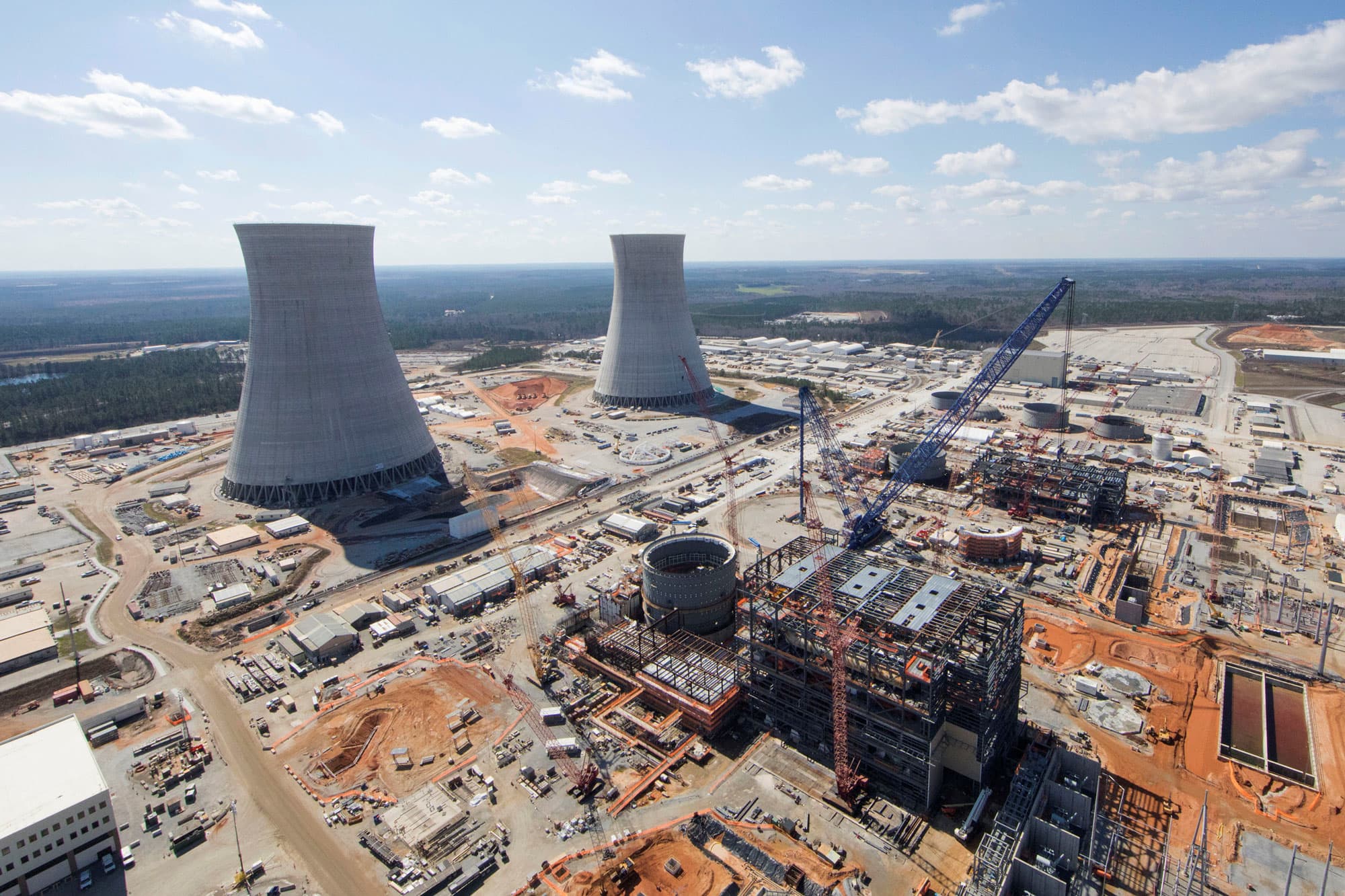Westinghouse Electric Company has entered talks with federal officials and industry partners to deploy ten large nuclear reactors across the United States, marking the first firm plans to follow President Donald Trump’s May 23 executive order aimed at expanding domestic nuclear capacity. The order calls for quadrupling the nation’s nuclear output from 100 gigawatts to 400 gigawatts by 2050 and reducing the licensing process for new reactor designs to just 18 months.
Dan Sumner, Westinghouse’s interim chief executive, told the Financial Times that his company holds an approved reactor design, a solid supply chain and recent experience building two AP1000 units in Georgia, making it well suited to meet the administration’s goals. He noted that Westinghouse is in “active engagement with the administration, including key points of interface with the loan programmes office, recognising the importance of financing to the deployment of the model.” Sumner added that streamlined access to federal loans will allow Westinghouse to begin project planning in earnest later this year.
The Pittsburgh‑based firm, now owned by Brookfield Business Partners, already has 12 AP1000 reactors under construction worldwide and five more under firm contract. By the end of the decade, it expects to have 18 units operating or starting up in China, India and other markets. In March, Westinghouse executives lobbied Congress, holding over 80 meetings to secure support for new nuclear projects and to preserve vital investment and production tax credits. Those efforts helped lay the groundwork for Trump’s directives on permitting and financing.
Trump’s package of four executive orders targets the Nuclear Regulatory Commission, demanding that it complete reviews of new reactor designs within 18 months and revisit stringent radiation standards that critics say slow progress. The orders also propose reshaping the NRC’s budget and management structure in collaboration with the White House’s Office of Management and Budget, and a newly created Department of Government Efficiency led by Elon Musk. Industry leaders have greeted these plans with cautious optimism.
Jacob DeWitte, CEO of the start‑up Oklo, said that speeding up the permitting process “will help things move faster,” pointing out that smaller reactor designs face fewer regulatory hurdles under an accelerated timetable. Isaiah Taylor of Valar Atomics argued that many current safety rules originated after the Three Mile Island accident and may not reflect the realities of advanced reactor technologies. He believes updating those rules will make it easier to license new designs that use passive safety features and lower‑enriched fuel.
However, safety advocates have raised alarms about the proposed changes. A representative from the Union of Concerned Scientists warned that cutting corners on safety reviews could put communities at risk. Allison Macfarlane, a former NRC chair, told NPR she doubts that faster approvals will overcome nuclear power’s high capital costs and expressed worry that loosening safety requirements could lead to oversight gaps. She predicted that any workforce cuts at the NRC or the Department of Energy, as hinted in the orders, would undermine rather than speed up progress.
Despite the debate over rules and costs, nuclear supporters point to the industry’s potential role in cutting greenhouse gas emissions. They argue that adding large reactors can provide steady, carbon‑free power to complement solar and wind, especially when those sources face shortfalls during peak demand. Energy analysts say that if Westinghouse secures financing and regulatory clearance, ground‑breaking on new units could start by 2027, with the first new reactor coming online in the early 2030s.
As Westinghouse and other firms press ahead, Congress may resume discussions this fall on extending key tax incentives that have fueled recent reactor projects. Lawmakers from both parties have shown interest in supporting projects that promise jobs, clean energy and grid stability. For now, Westinghouse’s talks reflect a test of Trump’s drive to reignite America’s nuclear industry and show whether federal backing can overcome the financial and technical hurdles that have long slowed reactor construction.

